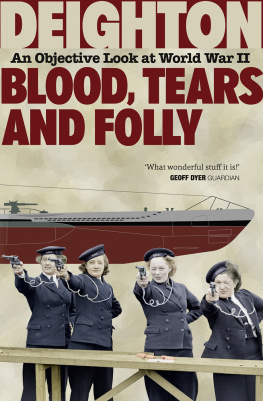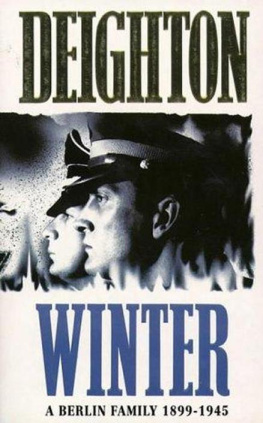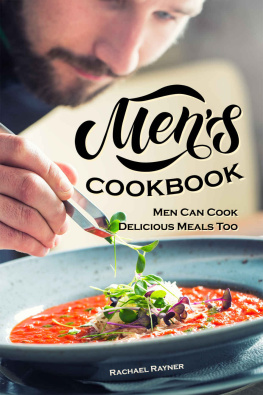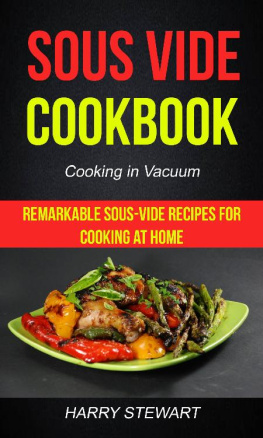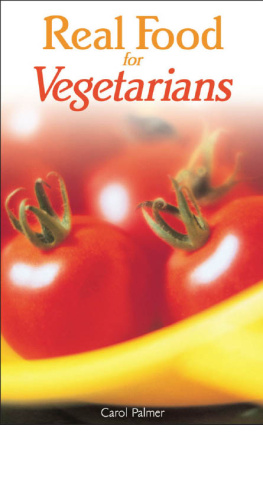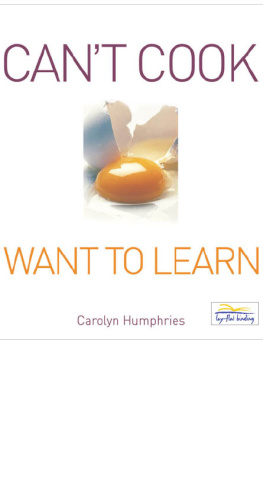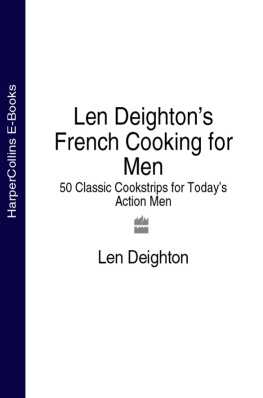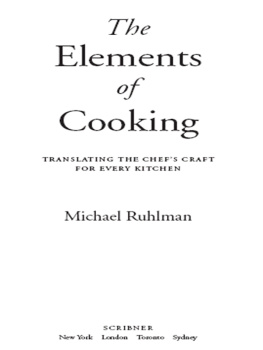I am delighted to have Action Cook Book republished. Now I can have a fresh new copy to replace the dogeared old one that is on a shelf in our kitchen. Of all the books I have written none of them is dearer to me or more personal than this one. Although the cook strips ran in the Observer newspaper for many years they were not created for publication; they were just my notes.
I grew up with an interest in food and cooking. My mother had been a professional chef and, during my six years as a student, I had enjoyed vacation jobs in the kitchens of some top restaurants. I had acquired a small library of cookery books, including some of the classic ones, and I didnt want to see them become stained or gravy-spattered. It was for this reason that I never took them into the kitchen. Having carefully noted the details of each recipe, I pinned these up over the stove. I was an art student and it was inevitable that the notes included little diagrams and drawings. During a dinner party, Ray Hawkey, a graphics specialist who was at the time radically changing newspaper design, came into the kitchen and spotted the fluttering collection of recipe notes. He suggested that they could be published if they were more carefully drawn and my scribbled lettering replaced by that of a lettering expert. It was Ray who added the grid and generally supervised the improvements. Through Ray I found a lettering artist who was creative and resourceful. It was not an easy task for him, and I soon found that it was best to let him do the lettering first, and then fit my drawings into the spaces. This is why some of the pots, pans and basins are of unorthodox shapes.
The next hurdle was to convince the Features Editor of the Observer that he would get a reliable and continuous supply of the strips. I was not a journalist and had very little previous contact with newspaper people, who seemed to suspect that all artists were unreliable drunkards. To build up a credible supply of cook strips I retrieved old notes from where they had been stuffed behind the flour bin on the top shelf. For this reason the early recipes were mostly the ones that I liked best and had cooked regularly. And this is why Action Cook Book remains so personal.
But as the first set of notes was used, I became more systematic in selecting recipes and I devoted a lot of time to testing them in my cramped kitchen. I was dismayed to find how many well-established recipes simply didnt work. They had been copied from cookbook to cookbook by writers and journalists who were too busy to put them to the test. I turned to cooks I admired, whether they were experienced professionals or accomplished amateurs; French, German or British. I was delighted to find that almost all of them were prepared to share their skills and secrets. My mother was a superb cook but never consulted recipes nor wrote them. The steak and kidney pudding and the English trifle are samples of my mothers recipes and they remain favourites of mine. The Christmas pudding won the BBC Cookery Club prize when a Mrs Dashfield reintroduced the old idea of using soft breadcrumbs to lighten the texture and make a pudding which even foreigners enjoy. At the time this was a radical innovation but now almost all recipes use breadcrumbs. I remember that Mrs Dashfield expressed regret that Id put the rum butter recipe into the same cook strip as she thought it did not go with the pudding. Mrs Dashfield was a purist.
Publication of the cook strips in the Observer did influence cooking, mostly by advocating better ingredients instead of the inferior wartime substitutes that were still widely used. For instance, the reputation of bread and butter pudding had sunk out of sight; it was the last resort of cost-conscious school meals and factory canteens. Tom Maschlerwho later published Action Cook Bookfirst declined this pudding when I brought it to the table at a party. I was gratified later to watch him scraping the tin for his third helping, and hear him explain that at his school they had not included cream, eggs or real vanilla in the recipe. Crme caramel and many other traditional English milk puddings, restored to the glory theyd enjoyed a generation earlier, were always dinner party successes.
Although my interest in food preparation has always been grounded in the discipline of French cooking, these recipes do not reflect that. These are my old favourites. A fisherman in Portugal taught me how to cook squid. In the London suburb of Hampstead I watched a Viennese grandmother produce a superb cheesecake using a recipe from her childhood. (She made a Sachertorte too but I never attempted that.) While working as a waiter in Piccadilly, I learned from a Hungarian cook that making strudel dough was not a daunting task or even a very lengthy one. It was a French publisher who introduced me to cooking fish in red wine and, although it was a well-established method, I had more correspondence about that than about anything else. Not all of my readers were appalled but many were.
Ris de veau, tripe, brains, tongue and the rich fragrant stew that only oxtail produces were all dishes my mother had shown me how to cook, for during the war these were available in addition to the meat ration. Ive always been enormously fond of eels and scallops. The huge cassoulet had been the subject of passionate disagreements between neighbours when I was in rural France. Mutton? Salt pork? The confit doie? Even the beans were disputed. Each one I served was substantially different. And still is.
Cooking, together with all other aspects of food, has always been a very important part of my family life. When my children were of pre-school age we taught them to make a loaf of bread. This meant learning about using weights and liquid measures and about the necessary temperatures for yeast and for baking. After the loaf of bread was eaten I challenged them to do the whole process again, this time after converting to metric measures. Recently one of my sons said that of all the things they learnt when young, nothing had been more interesting or more useful than learning to cook.
My entire family shares my great interest in food. I very much hope you will enjoy these dishescooking them, serving them and eating themas much as I have done.
Len Deighton
In addition to F, temperatures are also listed in Regulo (eg. Regulo 3). This is a trademark for a type of temperature control on some gas ovens.
I have assumed little or no knowledge on the part of my reader; on the other hand I have learnt enough while doing the research for this book to claim that even the serious student of good food (only some of whom are cooks) will learn enough to justify reading it. Throughout this ACTION COOK BOOK I have given the classic recipes for the dishes without substitutes or short cuts except where I have stated otherwise. All I have cut out is the smoke-screen of mystique and witch-doctory; professional cooks have no time for that and neither, I suggest, have you. Everywhere I have suggested that the reader ask the shop to prepare food for cooking, e.g. fish, lobster, poultry, etc. This does not mean that the cook should not know how to do it; it means that watching an expert do it is the best way to learn. Things that I cant get your local shopkeeper to show you (like making a roux) I have described. If you can find an expert at making pastry or a sauce, have them show you. If you can find an expert at all other aspects of cookingwho needs a book?
ALL YOU NEED
TO KNOW ABOUT
NUTRITION
With advice from Dr V. Radclyffe
Nutrition is something no cook can ignore. Here the subject is reduced to a few words but only by over-simplifying. In each group which I have mentioned, I have selected only the good sources and ignored the hundreds of foods with lesser amounts of nutrients. If a food is omitted from this list it does not mean that it is not necessary to a normal diet. These are the good sources of body-building foods. Remember them, buy them and eat them.


